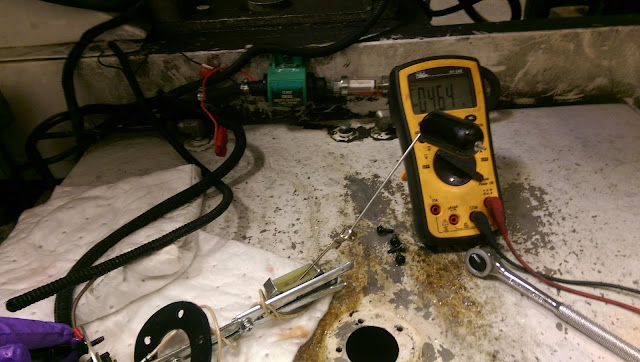Long story short, the battery box on our lift truck caught fire. The glow plug relay was the start of the fire and it spread to other components within the compartment which ultimately fueled it's demise. I was lucky enough to be trusted to re-wire the compartment. Luckily, we had the electrical schematic in the shop. After a LOT of clean up, splicing, heat shrinking, crimping, and zip-tying, the equipment is fully functional again.

Here is the schematic. My confusion is how did the relay build up enough heat to catch fire but not draw enough to blow the fuse. My theory is that they bumped the emergency stop button (a VERY common thing to happen) and spent the usual 10-20 minutes trying to start it. By clicking on the ignition, the timer relay kicks into effect and only stays on for a preset time. Could a repeating of this process of on/off/on/off/on/off cause enough heat for it to catch fire? It would make sense that no more than 50amps are getting through, and if this timer relay is exposed to an extended period of voltage/amperage, could it truly catch fire or am I going down the wrong rabbit hole?

Some new ends I installed. Heat shrinking water proof hardware is just the best.
Hours: 40
Running total for Fall: 120










